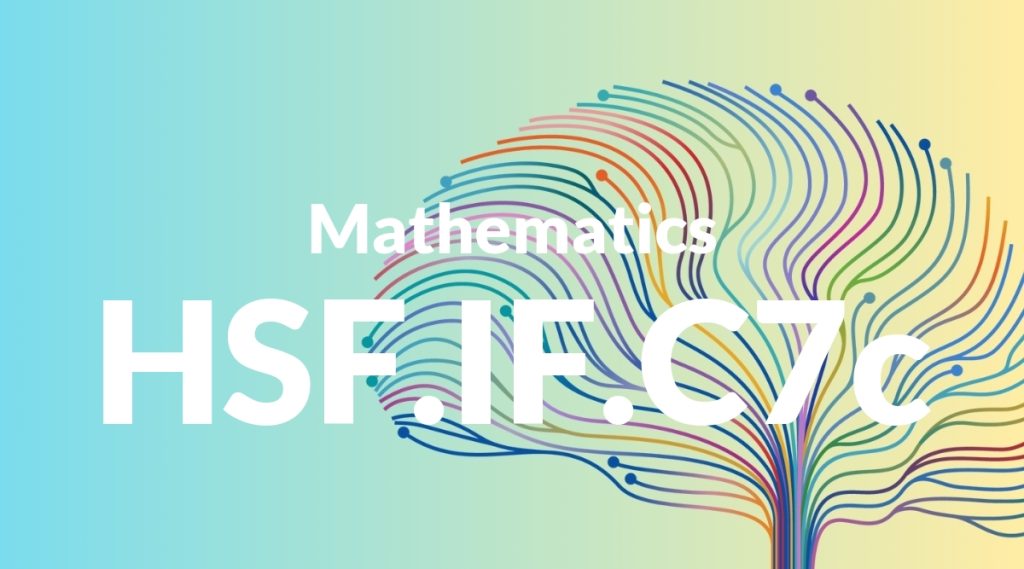Standard: HSF.IF.C7c – Graph polynomial functions, identifying zeros when suitable factorizations are available, and showing end behavior.
Grade level: High School: Functions
Subject: Mathematics
Domain: Interpreting Functions
Teacher Overview
This standard focuses on graphing polynomial functions, identifying their zeros through suitable factorizations, and understanding their end behavior. It is crucial because it builds on students’ prior knowledge of functions and prepares them for analyzing more complex functions in future mathematics courses. Students should be comfortable with algebraic manipulation, factoring polynomials, and basic graphing techniques. They should also understand the concept of a function and how to interpret linear and quadratic graphs.
Students will develop the ability to analyze more complex functions, such as rational, exponential, and logarithmic functions. This skill set is essential for advanced mathematics and real-world problem solving in various fields.
Common Misconception 1
A common misconception is that the graph of a polynomial function always crosses the x-axis at its zeros. This is incorrect because some zeros may correspond to points where the graph only touches the x-axis (these are called multiple roots).
Intervention 1
To address this misconception, use graphing technology to show various examples where the graph touches but does not cross the x-axis, emphasizing the difference between single and multiple roots. Encourage students to explore and identify these patterns through hands-on activities.
Common Misconception 2
Another misconception is that the end behavior of polynomial functions is always the same regardless of the leading coefficient. In reality, the sign and degree of the leading coefficient significantly affect the end behavior.
Intervention 2
Provide guided practice on identifying how the sign and degree of the leading coefficient affect the end behavior. Use a variety of polynomial functions as examples and encourage students to predict and verify the end behavior through graphing.
Prerequisite Knowledge
Students should have a foundational understanding of algebraic expressions, factoring techniques, and basic graphing skills, including plotting points and interpreting linear and quadratic functions.
Subsequent Knowledge
After mastering this standard, students will be able to analyze more complex functions, such as rational, exponential, and logarithmic functions, and apply these skills to real-world scenarios and advanced mathematics.
Instructional Activities
- Graphing polynomial functions using graphing calculators or software
- Factoring polynomials and identifying zeros
- Exploring end behavior through graphing technology
- Analyzing real-world scenarios that can be modeled by polynomial functions
- Group activities to match polynomial equations with their graphs




